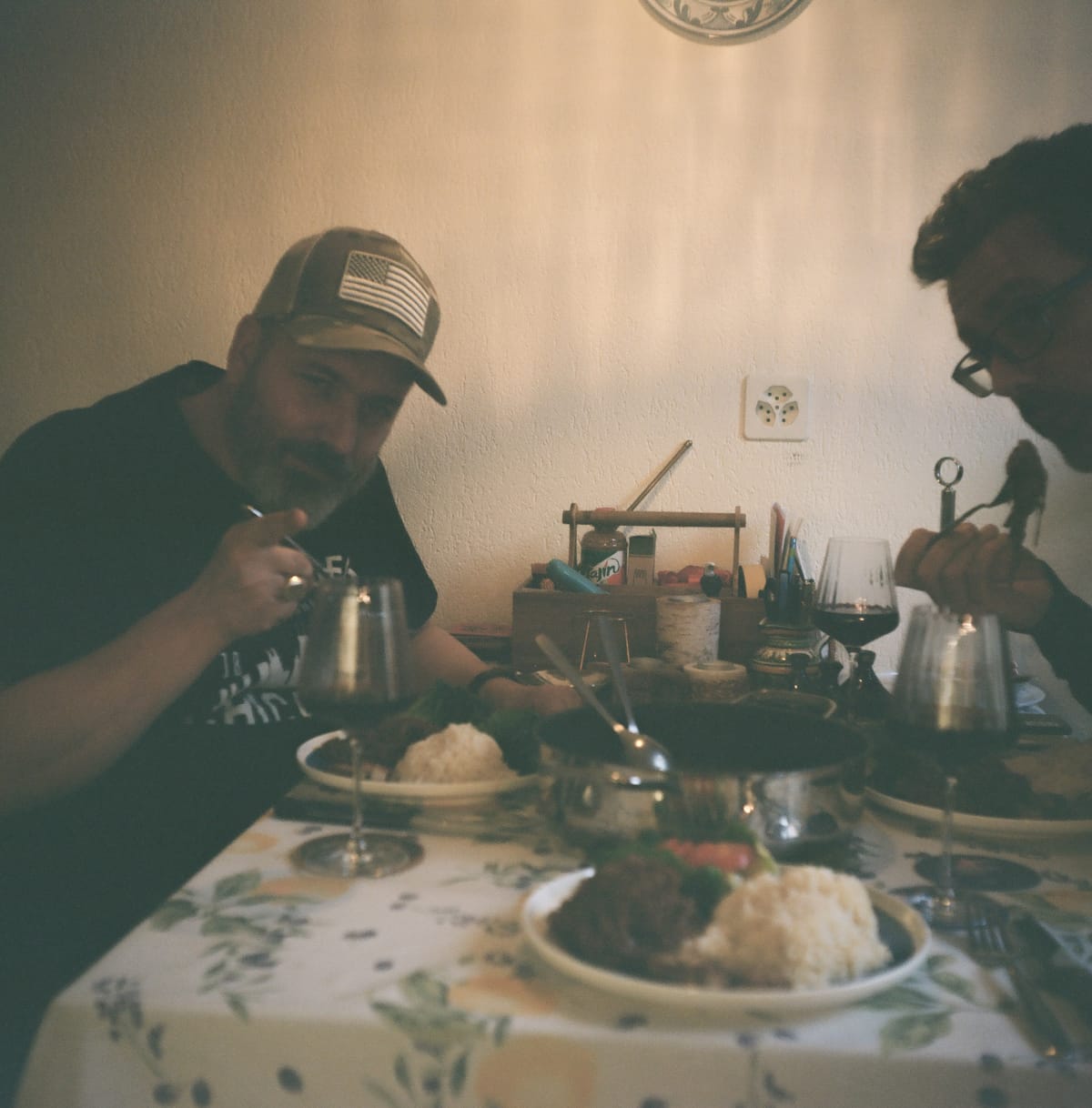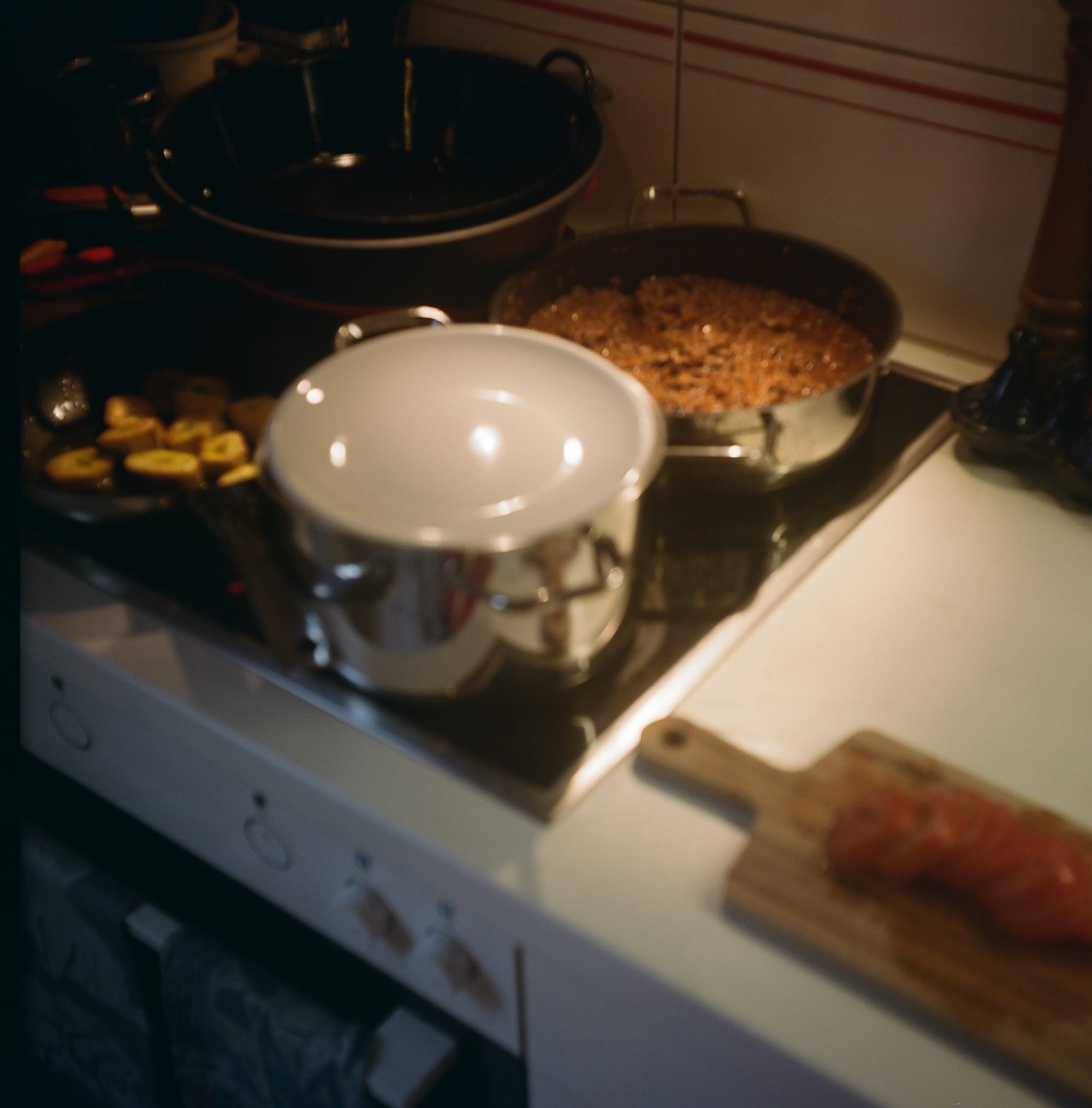What to eat CUBA 🇨🇺 Ropa vieja
Cuba’s national dish, ropa vieja, returns us to an ancient world where myths and legends collide... a derelict... had nothing to feed his family. He ripped up his tattered garments and threw them into a pot...

Ropa vieja
Published May 31, 2024 · by Amanda Rivkin Häsler
Cuba’s national dish, ropa vieja, returns us to an ancient world where myths and legends collide with the lunch or dinner table. In the case of ropa vieja, this world is pre-Inquisition Spain and the country’s then flourishing Sephardic community. This might seem odd for a dish that literally translates as “old clothes” but this is the heart of the lore.
According to the origin story of ropa vieja, a derelict – some versions of the lore proscribe to the man homelessness, others merely poverty – had nothing to feed his family. He ripped up his tattered garments and threw them into a pot. As a result of his prayers of desperation, they transformed into a meaty stew rich enough for his family to feast.
Unless you happen to believe miracles were common in the Iberian Peninsula prior to the expulsion of Jews and Muslims from al-Andalus, as the territory was known, before the rise of the ethnonationalist Castilian monarchs King Ferdinand and Queen Isabella, there is undoubtedly little truth to this legend. But it makes for a great tale, one that either originates as ropa vieja does with Spain’s Sephardic Jews or came about in the five centuries after as it traveled to the Caribbean and across Latin America, likely via the Canary Islands, where the dish remains popular.
One way we know the dish can be sourced to Spain’s pre-Inquisition Jewish community is that it fits neatly into proscribed rituals such as the alleviation of the burden of work on the sabbath, which takes place from sundown on Friday until sundown Saturday. A dish that can be prepared the night before, slow cook overnight on Thursday and be ready by sundown on Friday fits the pattern of life of a religion that has carried many rites in modified form from the old world into the new world in every sense.
In the more than five centuries since ropa vieja appeared on the scene, it has undergone myriad adaptations and appears in many forms not just in Cuba but across Spain, the Canary Islands, the Caribbean and Central and South America as well as the Philippines. The presence of the dish in the Philippines makes clear the Spanish connection given the crown’s presence on the island archipelago nation until the territory was lost to the United States in the Spanish-American War of 1898.

While beef is the staple, especially given that observant Jews do not eat pork, just as their Muslim neighbors in al-Andalus did not, it has nonetheless seen adaptations that can involve everything from pork to lamb to chicken. In 1857, the first record of ropa vieja served in Cuba gives us an approximate sense of the dish’s entry to the local culinary scene.
But much has changed since then, especially given the dire conditions of Cuba’s “special period” of the 1990s after the fall of the Soviet Union, the primary communist backer of the revolutionary government that seized power in 1959. Since the 1990s, it has not been uncommon to find variations with pork as well as lamb due to the scarcity of meat on the island.
As happens with revolutionary communist governments, food scarcity became a major issue. While most Cubans today could hardly afford to eat the country’s national dish, the advent of the privately run paladares, restaurants essentially inside people’s homes, gave way to some private income and the chance to make and share ropa vieja with beef, again. However, the rich beef stew of ropa vieja is an elusive feast for all but a few who can afford to eat or run paladares, or others who have managed to evade scrutiny of private or secondary sources of incoming by moonlighting in various professions.
Without digressing too much into economics, a brief overview of how Cubans can make money to afford their national dish is perhaps in order. Cuba has two official currencies, one pegged to the dollar that is for foreigners and those doing business with them, and the national peso, which is worth a fraction and can be used to “purchase” items available through the island nation’s complicated and shortage-prone system of rationing. Yet, this is how most of the island eats.
The government stores are responsible for doling out the fixed amount of pork per person, along with a stock supply of fruits and vegetables with which most ordinary Cubans subsist. Lines and quarrels are not unheard of. But then how does the island nation’s small Jewish minority, historically responsible in part for shepherding the arrival of the national dish to the island nation eat if pork is prohibited?
Cuba has a kosher butcher, Yacob Berezniak Hernández, whose livelihood is underwritten by the island’s only Orthodox Jewish synagogue, Adath Israel, in Havana, where he also plays a prominent role. While no kosher certification is available in Cuba, he makes do as Cubans do, with what is available and observes the spirit and letter of the law. In his case, permission comes not from a rabbinate but from Fidel Castro, the late former president and revolutionary leader responsible for the command economy Cuba has to this day.
“In 1962, Castro wrote a special letter to us, giving us permission to stay open,” Berezniak Hernández explained to a reporter from Israeli newspaper Haaretz in 2015. “I still have that letter.”
While no meat can be purchased per se over the counter as would be the case in a normal, non-revolutionary economy, Cuba’s dwindling Jewish community has special permission to obtain beef in lieu of the pork ration other Cubans are confined to. Another unique privilege afforded the community is its own pharmacy in the synagogue, available when the regular pharmacy is out of medicine to fill a prescription.
When I traveled to Cuba in 2010, at the precise moment Raúl Castro was attempting to stabilize the economy and paladares were again opening or reopening in some cases, the evidence of shortages was everywhere, from the arrivals terminal where Miami Cubans pulled ordinary items like tires and microwaves off the baggage claim belts to the stores, where lines formed for regular items like pasta and powdered milk or sanitary pads which could not be purchased at prices resembling anything Cubans could afford.
When I asked about the black market for goods, which in a wealthy industrialized country is typically confined to illicit substances, products and weapons, I was told food was the biggest item on the black market followed by medicines and that dollars were king. While nobody discussed beef as an unattainable luxury, lobster was mentioned as if from another world. The sight of young girls dining with much older European men was not uncommon, often within sight of the Museum of the Revolution where one exhibit discussed how the revolution stamped out prostitution as capitalism commodifies everything, even the body.
Recipe
Ingredients:
2 large white onions
3 shallots (or 6 cloves of garlic)
2 small red or purple onions
1 large green bell pepper
Olive oil
700 grams of beef, flank steak, chuck or similar cut with marbled fat
Flour
Red wine
Orange juice
300 grams of tomato sauce
Step 1: Chop one of the onions and add to a pan or Dutch oven with lid and allow to brown on low heat.
Step 2: While onion is browning, dice one shallot and the green pepper. Wash the meat and cover both sides with flour.
Step 3: Brown the meat on medium heat once the onions have caramelized on both sides. Add shallots and green pepper on top of meat.
Step 4: Turn down heat and add one cup of red wine over meat and one cup of water with a bouillon cube dissolved already. Add one tablespoon of orange juice on top of the meat. Meat should be soaking but not covered in liquid but top of meat should have a mélange of pepper, onion and shallot on top of it. Cover and cook on low heat until the meat is so tender it can shred apart. Approximately 2-3 hours depending on cut.
Step 5: Meanwhile, dice one large white onion and two small purple onions and place in a sauté pan and caramelize on the lowest heat. Add diced shallots when onions begin to brown.
Step 6: After 2-3 hours, allow meat to cool and shred with two forks, removing peppers on top of meat first and adding to caramelizing onions and shallots or garlic.
Step 7: Add 300 grams of tomato sauce, 75 grams of tomato paste, half a cup of red wine, 1 tablespoon of cumin and garlic salt and a bay leaf. Turn to lowest heat, stirring frequently and let cook for 30-45 minutes.
Step 8: Pour sauce over shredded meat and continue to shred until sauce is absorbed into all the meat. Stir. Serve with rice, fried plantains and a side salad of lettuce and tomato.
Tips, tricks and notes:
For plantains in Bern, Tropical Zone at Herzogstrasse 16 has a fair variety, including plantain chips.
For meat, we used flank steak or vacio from our favorite and most affordable supplier, Casa de Vinos Argentinos at Breitenrainplatz 33.
Special thanks to my Cuban-American friend in New York with Polish-Jewish ancestry who survived the "special period" of the 1990s before coming to the US for her generous tips and recipe that we used as the basis for our own version of ropa vieja.
Learn where to eat Cuban food in Switzerland.
Follow our social media pages @swissglobaldining on Instagram, TikTok and YouTube